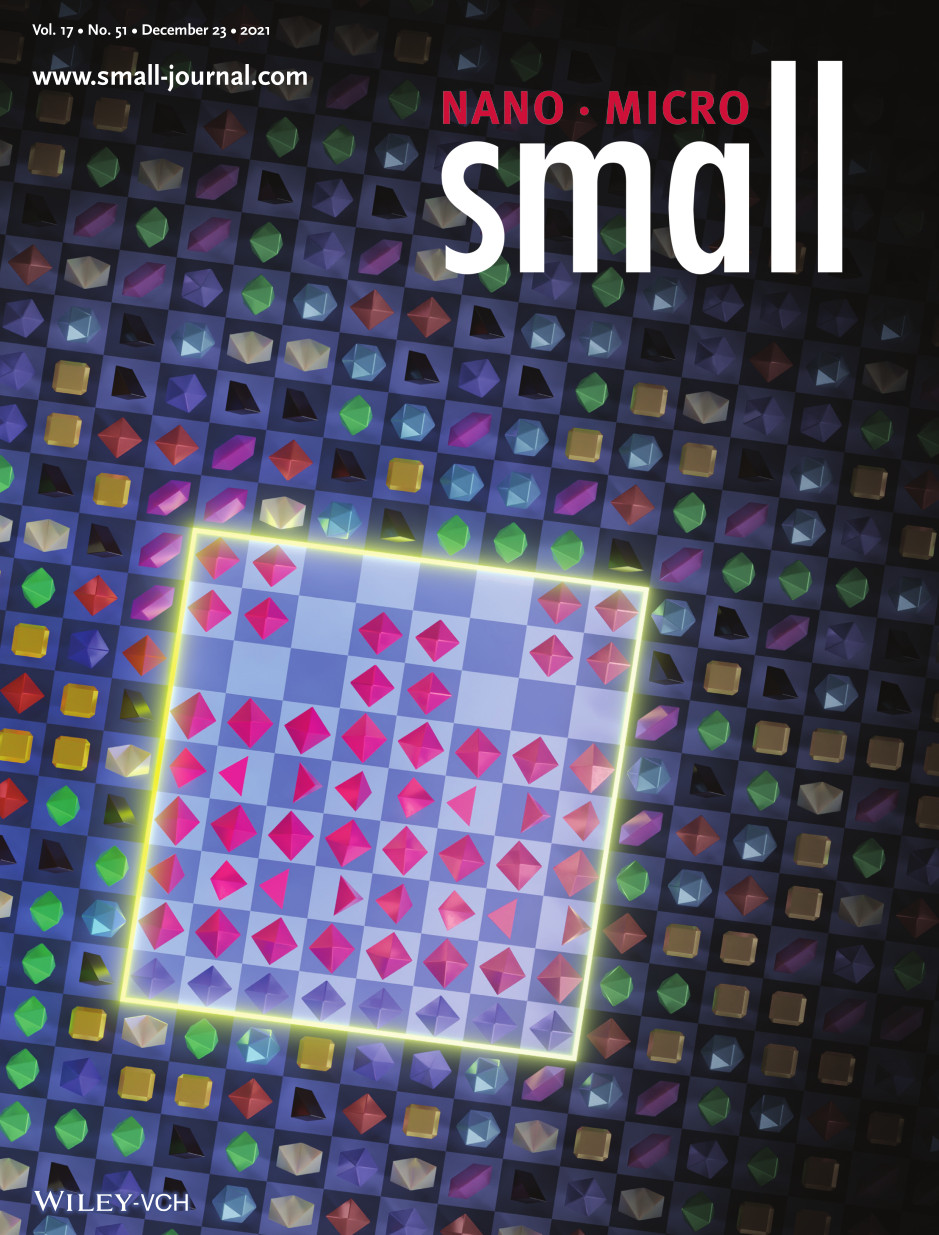Migration kinetics of surface ions in oxygen-deficient perovskite during topotactic transitions
2022-01-29 | Tomáš Duchoň
10.1002/smll.202104356
10.1002/smll.202104356
Topotactic transitions facilitate remarkable, and commonly reversible, changes in the electronic structure of oxide materials. Such is the case for many perovskites, which can, through oxygen-deficiency, transition to a brownmillerite phase. The order-of-magnitude-scale differences between the conductivity and magnetism of the two phases are of interest for future electronics (e.g. memristors) as well as energy related applications (e.g. solid oxide fuel cells). Setting aside the end-phases, the topotactic transition itself is often poorly understood. In our latest contribution, we explore the structural elements of the transition in La0.7Sr0.3MnO3-ð (LSMO) epitaxial thin films. Taking advantage of a relatively sluggish kinetics of the transition in LSMO at 600 °C (as compared to, for example, cobaltites), we are able to follow minute structural changes in a multi-technique approach. The results of which is, among others, the observation of a heretofore unknown surface phase within the transition. The anisotropic structural features of the phase provide facile oxygen diffusion channels towards the surface of the LSMO film. Furthermore, it represents a unique thermodynamically stable configuration of the ionic co-ordination network, capturing intermediate properties of the perovskite and brownmillerite phases. Our findings are published in Small (as open access) and featured on the cover of its December issue.
